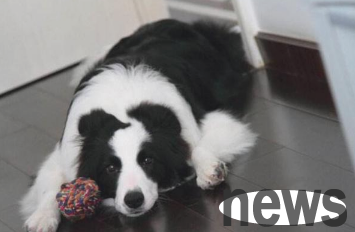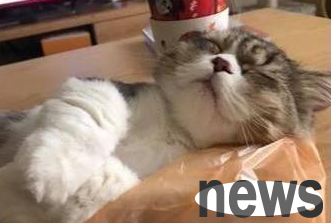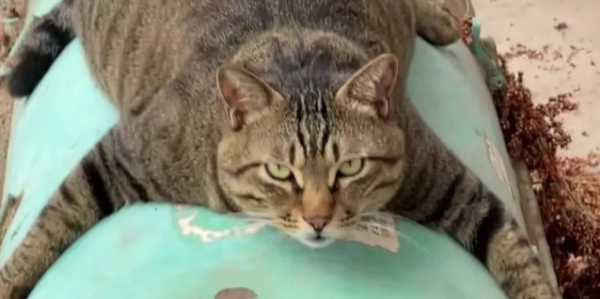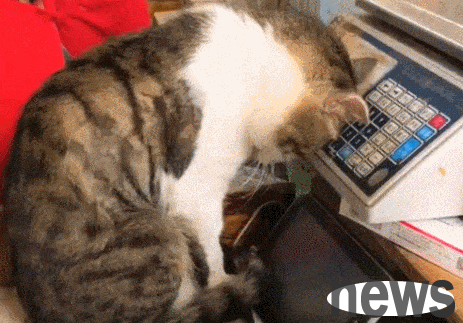Do you have to have food in the cat bowl?
It is not a good practice to keep cat food in the cat bowl. Long-term placement of food may cause cats to overeat because they may eat excessively, leading to obesity and digestive problems. In addition, dry food placed for a long time may absorb moisture from the air, causing food to deteriorate, reduce nutritional value, and even cause bacteria to grow. Therefore, the best way is to feed the cat regularly every day according to its dietary needs and clean up unfinished food after meals to keep the food fresh and dry. So how to customize the appropriate feeding quantity and method according to the cat’s needs?
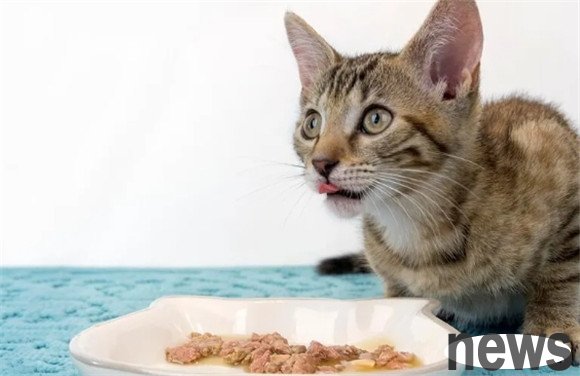
The appropriate feeding quantity and method should be customized according to the cat's needs. The following points can be considered:
1. Age and weight
Age and weight are the two main factors that determine cat's dietary needs. There are significant nutritional differences in the needs of kittens and elderly cats. For kittens, they are growing and need more energy and nutrition to support their body development and activity. Therefore, kittens need high-energy, high-protein foods to meet their growth and active needs. In contrast, older cats have a low metabolic rate and relatively low activity levels, so they usually need small but high-quality foods to maintain a healthy weight and immune system. For larger cats, their basal metabolic rate may be higher and therefore require more food to meet their energy needs. To sum up, understanding the age and weight of a cat can help better meet their dietary needs and stay healthy and energetic.
2. Activity level
The activity level of cats is also one of the important factors in determining their dietary needs. Cats with high activity usually need more energy to support their active lifestyle and therefore need more food. In contrast, less active cats require less energy and therefore less food. To meet the energy needs of a cat, the diet can be adjusted according to its activity level. If the cat is outdoors, it may need more food; if the cat is home indoors, it may need to control its food intake to avoid overweight. To sum up, understanding the amount of activity of a cat can help determine the right amount of food to keep it healthy and energetic.
3. Health status
If a cat has special health problems, such as obesity, digestive problems, or chronic diseases, special dietary arrangements may be required. In this case, it is best to follow the advice of the veterinarian. Veterinarians can recommend specific types of food, diet, and feeding frequency based on the cat's health and special needs. Regular veterinary checkups can also help monitor the cat’s health and adjust its diet plan to ensure its health and well-being.
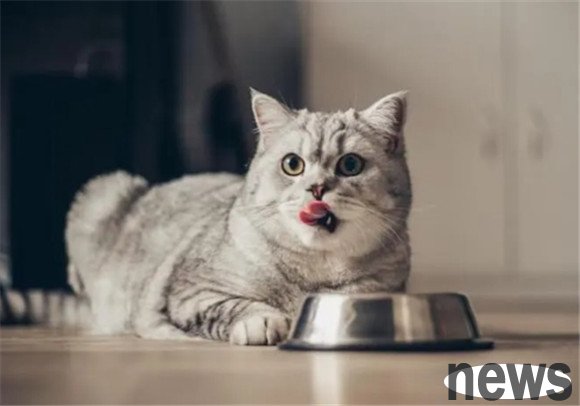
4. Diet type
The nutritional value and caloric density of dry and wet food are different. Generally, dry food is easier to preserve and provide than wet food. Wet food is easier to digest and absorb. Depending on the diet type you choose, the number and frequency of feeding can be adjusted. It is generally recommended that kittens and female cats during pregnancy and breastfeeding require more nutrition and therefore may require more wet food. Adult cats can mainly focus on dry food, but wet food can be used as a supplement. According to the cat's preferences and physical condition, the proportion of dry and wet food and feeding methods can be appropriately adjusted.
In addition, it is also important to maintain the regularity of cats' diet. Try to feed them at a fixed time to avoid random feeding to cause dietary confusion. If you need to adjust the amount or method of your cat's diet, it should be done gradually to avoid indigestion or other problems. Most importantly, regular physical examinations and consultation with a veterinarian are key to keeping your cat healthy, especially when developing a diet plan.
Generally speaking, based on the cat's weight and activity level, the recommended daily feeding amount can be found on cat food packaging. In addition, regularly measuring a cat’s weight and observing its size and behavior can help determine whether it is necessary to adjust the amount of food. Most importantly, keep the habit of regular and quantitative feeding and avoid random feeding and overfeeding.

